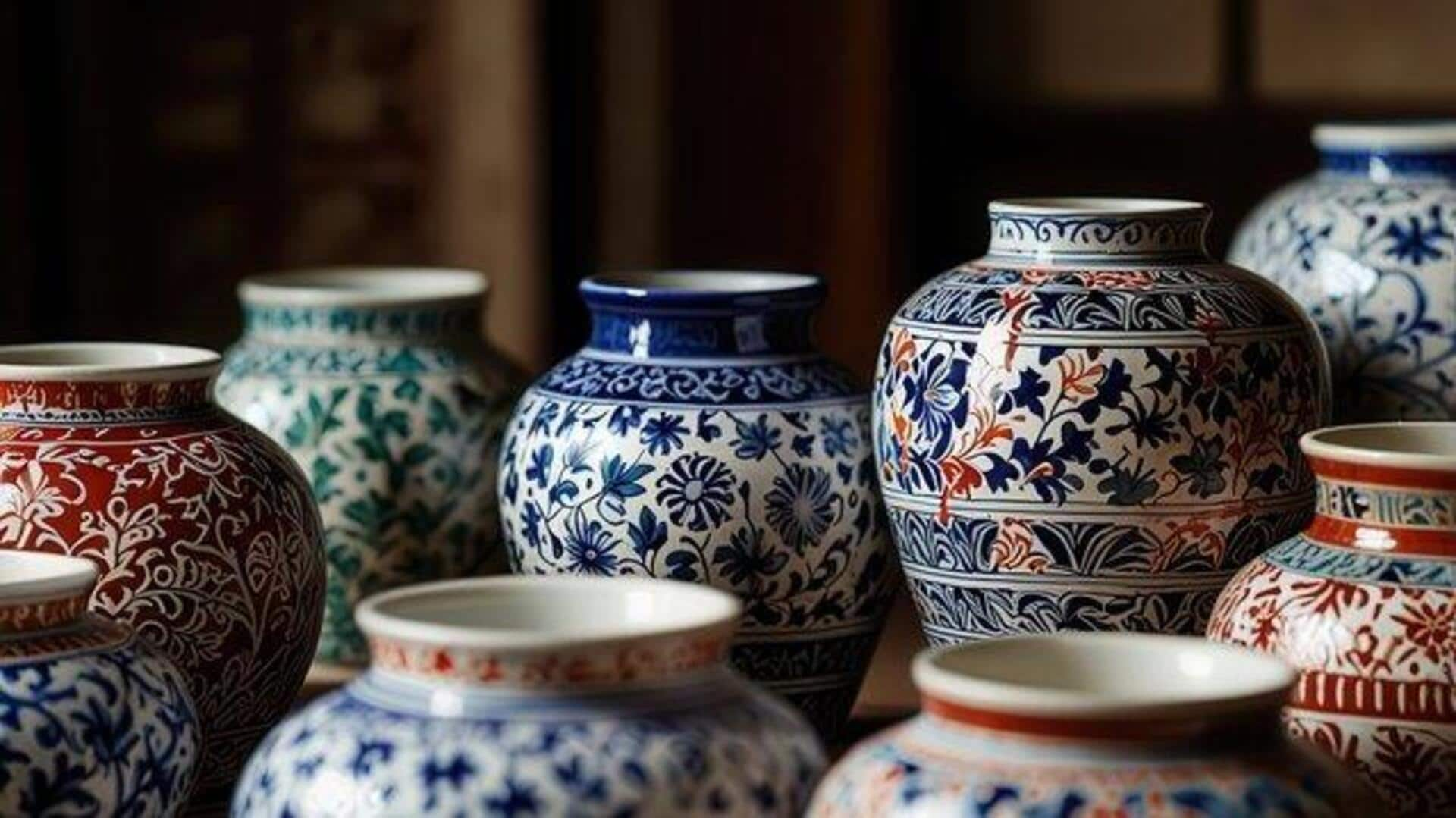
How traditional pottery is reshaping home decor
What's the story
African pottery techniques are increasingly making their way into home decor across the globe. These traditional methods, steeped in rich cultural histories, provide an aesthetic and craftsmanship like no other. They resonate with modern design sensibilities. From intricate patterns to bold textures, these techniques lend an unmistakable character to any space. As more people look for authentic and sustainable decor options, African pottery makes an ideal choice. It marries artistry with functionality.
Coiling
Coiling: A timeless craft
One of the oldest pottery techniques used across Africa is coiling. This is where clay is rolled into long strands and stacked together to create vessels or decorative items. This method allows one to play with shape and size, making it an ideal technique for both functional pieces and artistic sculptures. The coiled texture adds a tactile element to the finished product.
Burnishing
Burnishing: A smooth finish
Burnishing is another technique, where the surface of the clay is polished using a smooth stone or tool, prior to firing. This creates a glossy finish without the use of glaze, accentuating the natural color of the clay. Burnished pottery generally has simple, yet elegant designs that suit all kinds of interiors, be it rustic or contemporary.
Slip decoration
Slip decoration: Adding color and pattern
Slip decoration consists of applying liquid clay mixed with pigments on pottery surfaces before firing. This technique has enabled artisans to create intricate patterns and vibrant colors on their pieces. The use of slip can be subtle accents or bold statements, making it a versatile technique for different design preferences.
Pit firing
Pit firing: Embracing natural elements
Pit firing is an age-old technique where pottery is fired in open pits, using organic materials like wood or leaves as fuel. This technique creates unique color variations due to the smoke and flames interacting with the clay surface during firing. Each piece comes out with its own markings reflecting its journey through this natural process.
Incising
Incising: Creating depth with carved designs
Incising involves the meticulous carving of designs into leather-hard clay before it fully dries. Artisans employ a variety of tools, such as knives or sticks, to etch patterns onto their creations with great care. These carved lines not only add depth but also highlight the skilled craftsmanship evident in each piece's intricate details. They showcase a blend of tradition and artistic expression in every design.